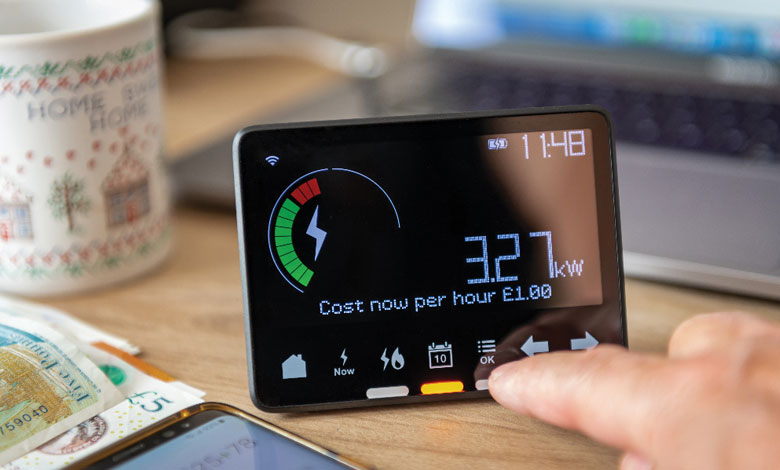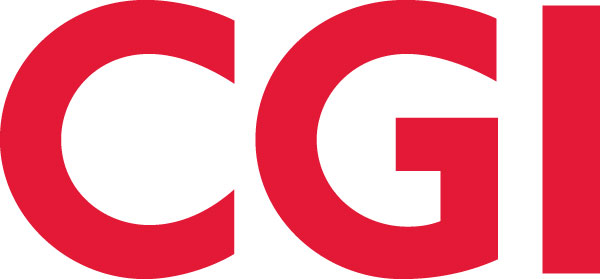
Progress on the horizon for Northern Ireland’s renewable sector but now is not the time for complacency
27th May 2025Integrating solar PV into the grid
27th May 2025Navigating Northern Ireland’s energy transition

A colleague of mine often talks about the energy transition by mis-quoting Star Trek’s Montgomery Scott: “Ye cannae change the laws of physics, or even the laws of electrical engineering, but the energy transition changes the dynamics of the electricity system, fundamentally.” Stuart Brand, Vice President Consulting Services, Utility Networks, writes.
The electricity system is undergoing a fundamental shift. It is moving from one based on centralised, dispatchable generation to a more distributed model – one where supply depends on time of day and weather conditions, and where flexibility must increasingly also come from the demand side. This shift is more than a technical engineering challenge. As the Department for the Economy’s (DfE) latest action plans and consultations make clear, the energy transition is also a strategic opportunity. To meet the 2030 target of 80 per cent renewable electricity – and achieve net zero by 2050 – Northern Ireland must reinvent its energy system to be more digital, more flexible, and more citizen-focused.
To maximise the opportunity presented we need to take a holistic view of the energy system. We need to consider more than just the relationship between the energy vectors – electricity, gas, heat, and hydrogen – we must also consider governance, investment, and the wider societal opportunities generated by the transition. Given the pivotal role the electricity system will play in our future decarbonised world, NIE Networks is uniquely positioned to lead the collaborative effort across the wide range of stakeholders involved.
Whilst the energy transition is a monumental physical engineering challenge, it must also be underpinned by effective digitalisation. The benefits are wide-ranging: improved investment planning, better infrastructure use, and reduced reinforcement needs. AI and machine learning can boost field-force productivity and reduce outages. Consumers can also benefit from flexible demand through smart tariffs and participation in flexibility markets.
Delivering this vision of a democratised energy system, where value is fairly attributed between system actors and investment aligns with system needs, requires whole-system visibility – underpinned by timely and equitable data access.
As NIE Networks becomes more data-led in its decision-making, the opportunity to optimise across planning, operations, and customer engagement is enormous. Digitalisation is not just an enabler – it is the central nervous system of a clean, democratised energy system.
Digital foundations and system intelligence
NIE Networks’ £2 billion RP7 business plan lays the groundwork, enabling physical upgrades to support decarbonised supply. But, as highlighted in the DfE’s Smart Systems and Flexibility Plan (SSFP), digitalisation must deliver real-time visibility, smart control, and automation across a two-way grid.
The smart metering programme will enable consumers to benefit from flexible demand and dynamic tariffs. CGI has decades of experience delivering market solutions globally, helping consumers make the most of their energy choices.
A whole-system, people-centred approach
The evolving role of NIE Networks – from traditional network operator to active system operator – hinges on the ability to utilise flexible demand. That means clear market access for customer energy resources (CERs), visibility of low-voltage networks through sensors, and real-time decision-support tools. This evolution must happen in close coordination with SONI and the Utility Regulator.
The energy future is not electric-only. Biomethane could decarbonise 80 per cent of current gas demand and boost rural resilience. Northern Ireland’s gas infrastructure is ready for biomethane – and potentially hydrogen – to support industrial decarbonisation and balancing. DfE’s actions to support green gas pathways are already underway, and CGI’s European experience informs how to integrate gas with electricity in a whole-system strategy.
“Ye cannae change the laws of physics… But you can rethink the grid.”
Stuart Brand, Vice President Consulting Services, Utility Networks
Flexibility as the cornerstone of resilience
As fossil fuel generators retire, new forms of flexibility become essential for resilience – from large-scale batteries and interconnectors to smart EV charging and consumer demand response.
The SSFP outlines how regulatory and operational changes can unlock these services. For NIE Networks, this means orchestrating flexibility through modern control systems, integrated data platforms, and analytics. CGI has supported this transition for clients globally through its digital grid programmes.
Northern Ireland’s compact system and single DSO/TSO structure allow it to move faster than many regions – if capability matches agility. CGI’s broad expertise across operations, flexibility, regulatory systems, and cybersecurity makes it a strong partner for turning strategy into action.
The transition is more than just a technical challenge — it is societal. Through their smart meters, consumers will shift from passive users to active participants in the system. The challenge is to ensure an inclusive and just transition – one where those in fuel poverty, rural homes or with accessibility needs are not left behind and that benefits are attributed fairly.
Projects like the Energy One Stop Shop and Community Energy Pathfinder are positive steps. Scaling such initiatives will require robust digital public services and trust. Ensuring inclusivity – for those in fuel poverty or rural areas – must remain a priority.
Transition to transformation
Northern Ireland has the ambition, the strategy, and a strong foundation. What is now needed is precise execution – in data, in delivery, and in collaboration.
The ultimate success of the transition may be measured by how seamless it feels. If people continue to enjoy reliable power and improved services, many will not even realise they have lived through one of the biggest infrastructure transformations in a century – or that it laid the groundwork for meeting climate targets.
Contact:
W: www.cgi.com/ni


